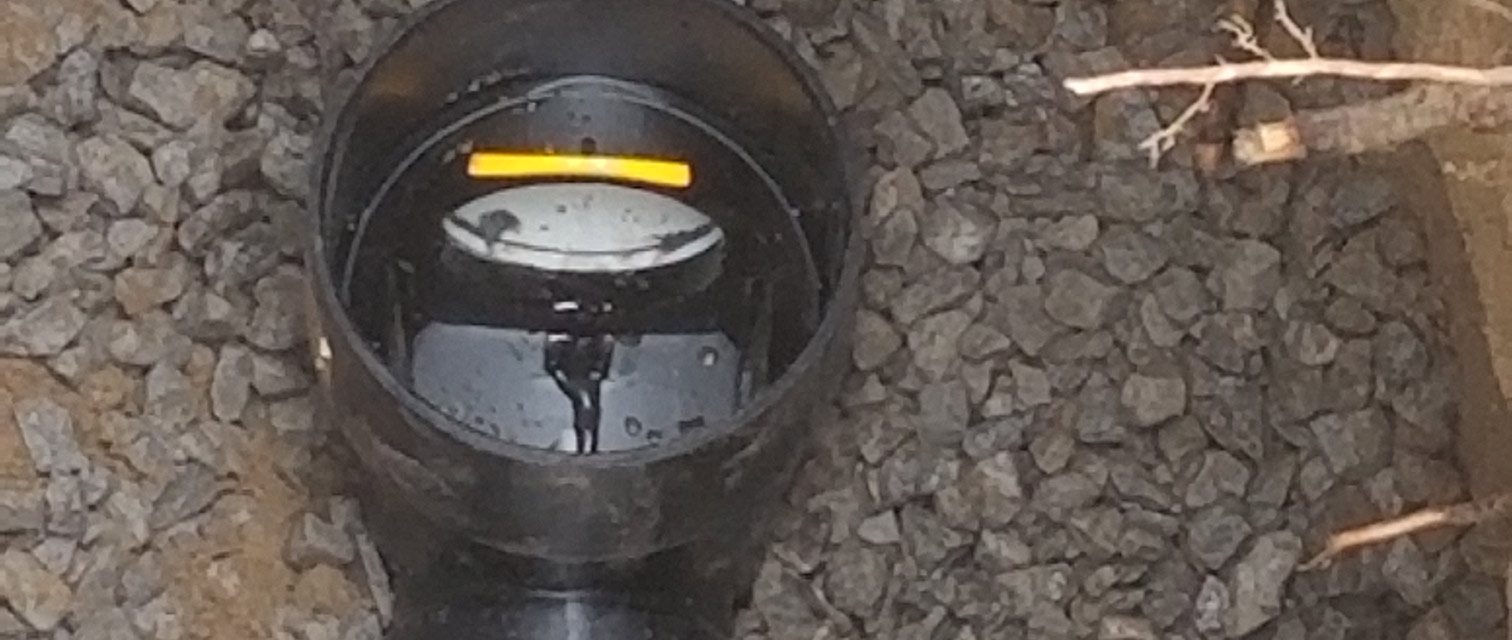What is a backflow preventer valve, and why to I need one? Simply put, this is a valve installed on your home’s water line to make sure that water flows in one direction and not in the other. In the City of Toronto, these valves are mandatory, but there can be different rules for the different municipalities. Contact the Water Guard Plumbing professionals today for advice on which backflow preventer is best suited or is required for your home.
Terms that you need to know:
- Backflow: as the name suggests, backflow is when the water flows back from your home into the water supply. This can be a serious problem as contaminants can be introduced through backflow into the city water supply.
- Cross-connections: this is a way to describe an actual, physical connection between a drinking supply and liquids that are not suitable for drinking. An example of that could be an irrigation outlet that is submerged.
- Back siphonage: similar to the suction that is applied when drinking liquid through a straw, back siphonage results when a negative pressure develops in a water system. An example of this could result from a sudden break in a main water line.
- Back pressure: this is a form of pressure that occurs that acts against the direction of the flow of water. This could be due to friction in the pipes caused by blockages or from a valve that has been partially closed.
What Is a Backwater Valve?
A backwater valve—also known as a sewage backup valve—is a device installed on your main sewer line. It’s designed to prevent sewage from backing up into your home. This valve lets waste flow out but blocks anything trying to flow in from the main sewer line.
One of the most common causes of sewage backup is sudden, heavy rainfall. Many municipalities require new homes to have a backwater valve already in place to reduce the risk of damage. Older homes can usually be retrofitted with one, typically for $1,000–$2,000—a small investment compared to the cost of flood repairs.
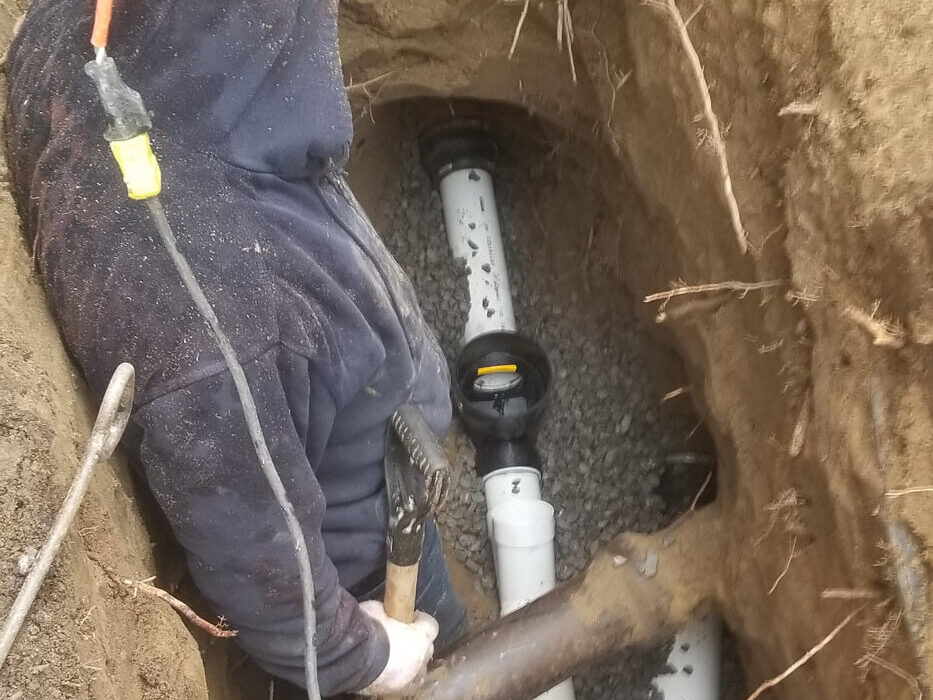
How Does a Backwater Valve Work? (Simple Visual Guide)
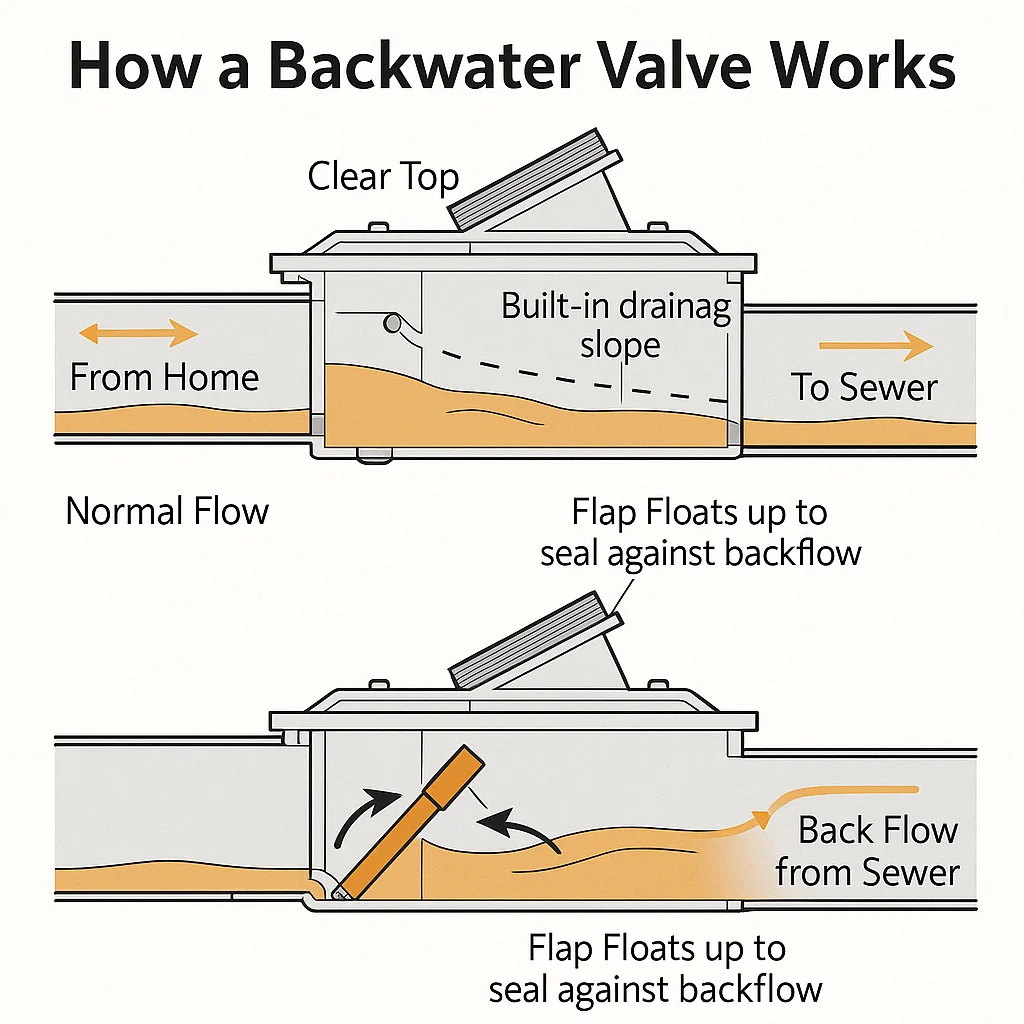
A backwater valve is a small device that protects your home from sewage backups. You usually don’t notice it, but when a big storm or sewer overload happens, it can stop dirty water from flooding your basement.
Let’s break down how it works using the diagram:
Normal Flow – Everything’s Working Fine
Under normal conditions, water from your toilets, sinks, and showers flows out of your home toward the city sewer system.
In the top part of the diagram, you can see:
- Wastewater flows away from the house
- A flap lying flat, letting the water pass through easily
- A sloped pipe that helps water flow smoothly
- A clear top cover so plumbers can check it
At this stage, the valve is open and working quietly in the background.
When Sewage Tries to Come Back
During a heavy rain or blockage, the city’s sewer line can get overwhelmed and start pushing dirty water backward, toward your home.
In the bottom part of the diagram:
- The backflow causes the flap to lift automatically
- The flap seals the pipe shut
- This stops dirty water from entering your home or basement
The valve reacts on its own, thanks to small floaters that lift the flap whenever water tries to flow in the wrong direction.
How Do You Know If You Have A Backwater Valve?
If you live in a newer home, it’s likely already installed. If not, a licensed plumber can inspect your system to find out. Using a camera inspection, the plumber can identify whether your home has a backwater valve—and whether it’s working properly.
This inspection is also a good opportunity to ensure the valve is free from debris that might block it in an emergency.
Where Does A Backwater Valve Go?
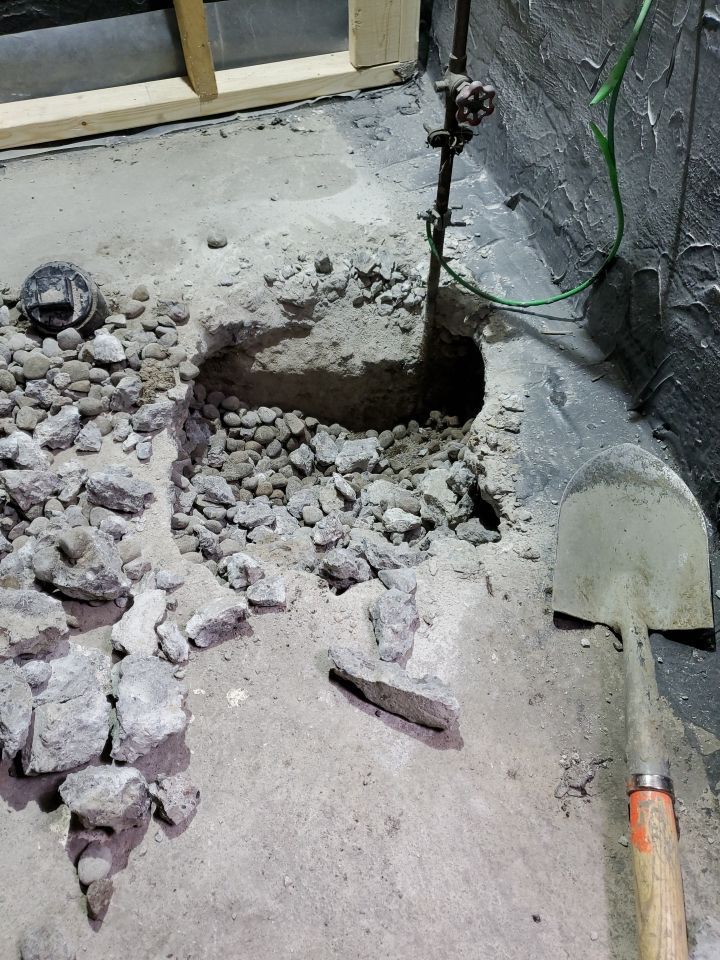
In most homes, the backwater valve is located beneath the basement floor, directly connected to the main sewer line. In rural homes or properties with larger lots, it might be installed in the yard, wherever the line connects to the municipal sewer system.
To install a new one, a plumber must access this sewer line. If it’s underground, this often involves a small excavation to reach the pipe. Once installed, the valve area should be kept clean and accessible to avoid problems in the future. Always hire a professional plumber for installation.
Types of Backflow Preventer Valves
Backflow preventer valves are installed in your home’s water lines to keep water flowing in one direction and act against back siphonage. They protect your home’s drinking water and prevent accidental water damage from tainted water flowing back into the city’s water supply.
There are several different types of backflow preventers, and as such, there are pros and cons to each of them, and all may not be used interchangeably.
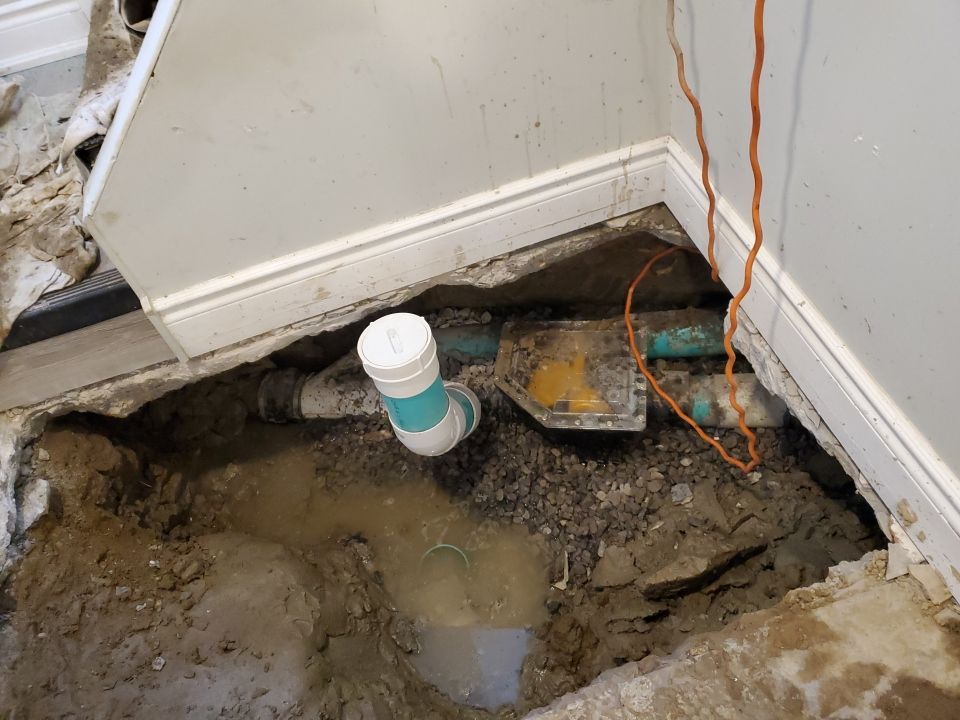
Benefits of Backflow Preventer
As stated earlier, the greatest benefit of installing a backflow preventer is to protect your home’s drinking water, but there are other benefits that may not be readily seen. While it may seem like no other benefit is necessary, backflow preventers also:
- Protect your home from the damage and contamination of backed up water particularly during heavy rains;
- Help you avoid repairs as backflow could allow contaminants into your piping system that could cause critical damage or injuries;
- Save you money repairing your home and replacing your possessions if water backs up into your home; and
- Bring you into conformity with your area’s plumbing codes. Check for information on the Toronto Backflow Preventer Program listed below.
Backflow Valve vs. Backflow Preventer
While these names are sometimes used interchangeably, there is a difference between a backflow valve and a backflow preventer.
Backflow valve
- Attached to your sewage line between your house and city sewage line
- Prevents raw sewage from being pushed back up your sewage line during blockage or flooding.
Backflow preventer
- Attached to your clean water supply line
- Prevents contaminated or dirty water from your home entering the city water supply.
If there is confusion about which valve to use or to get, contact Water Guard Plumbing. We will help you get it straight.
Why Do Backflow Preventers Fail?
There are a number of reasons why a backflow preventer may fail. With age, the valve may become corroded and damaged, or the rubber O-rings may degrade preventing a complete seal. Sudden changes in water pressure may cause seals or other parts in the valve to malfunction. Rust, corrosion, or internal damage can weaken a valve. Finally, improper installation can lead to your backflow preventer valve being less than effective.
Backflow preventer valves are required to be checked on a regular basis which is at a minimum of once per year. In Toronto, this check must be completed by a licensed professional and a record of past yearly checks is to be kept with the valve.
What Should You Do When Something Goes Wrong?
As a homeowner, it is important to do regular inspections of your property to ensure there is no debris or blockages that may affect the flow of water or sewage away from your home. Most homeowners will never experience any issues with their backwater valves. However, in the event of an emergency such as a flood or sudden rainfall, your home could be at risk.
Here are a few helpful hints to ensure your home is protected:
- Keep sharp or dangerous objects away from drainage areas
- Check to see that water is flowing freely away from your home
- Keep sewage grates clear of leaves or other debris to prevent flooding
- Remove standing water away from your home
- Do not run your shower or washing machine during a rainstorm
- Carefully monitor melting snow to ensure it is not blocking water flow on your property
If you notice a blockage or suspect valve failure, contact a licensed plumber or your municipality right away. Also, when getting home insurance, ask about sewage backup coverage—some policies require a backwater valve to qualify.
What Can You Do to Maintain Your Backwater Valve?
Your backwater valve is your first line of defense against serious damage from a sewage backup. It is important to take the time to ensure the area around your home is free from potentially damaging clogs.
- Do a regular inspection of your valve. Begin by running hot, soapy water down your sink to see if water is flowing freely, and begin the cleaning process. A scrub brush is an effective tool in keeping your system clean. Remember to never use harsh chemicals that could cause an interaction of gases that could lead to a reaction.
- Check to see that the O-ring around the valve is clean and not damaged. There should always be a complete seal when the valve is closed. Make sure the floats are connected properly and free to move in response to potential hazards.
- Never flush anything down the toilet that could cause clogging such as wipes, diapers, or feminine products.
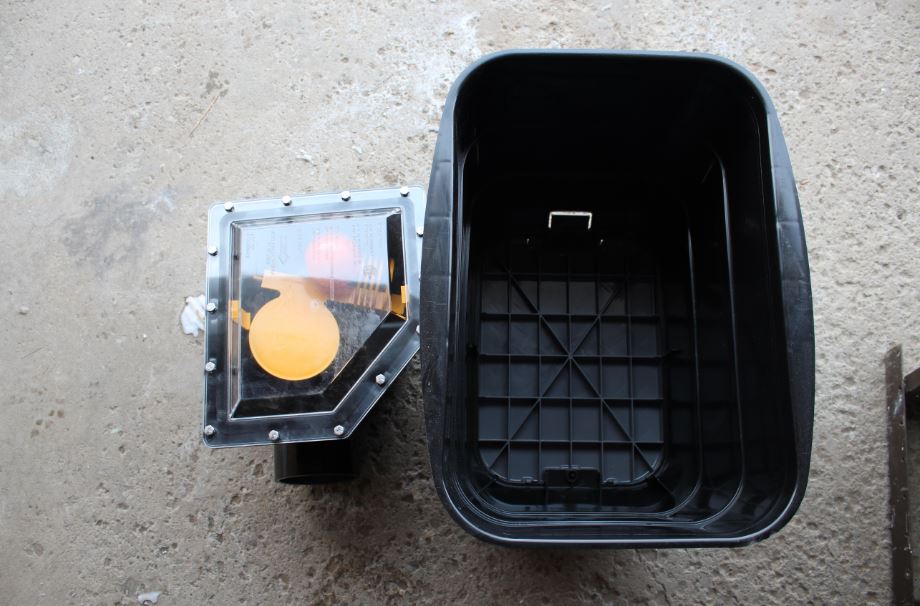
What Is the Life Expectancy of A Backwater Valve?
With regular care, a backwater valve can last anywhere from 5 to 10 years. Ensure it’s installed in an accessible, clean area so it can be checked quickly during an emergency.
Are There Any Municipal or Provincial Subsidies for Backwater Valves?
Yes! Many local governments and provinces offer subsidies for backwater valves. For example, the City of Toronto offers single-family, duplex, and triplex residential homes a subsidy of up to $3,400 per property to install flood protection devices. This includes the installation of a backwater valve, sump pump, or severance and capping of a home’s storm sewer or external weeping tile connection. Disconnecting the downspouts from your property’s eavestrough system is not covered by the subsidy.
Note: Downspout disconnection is not included in this subsidy.
If your municipality doesn’t offer a rebate, check with a local plumber or insurance advisor. There may be other provincial or insurance-based retrofit programs available.
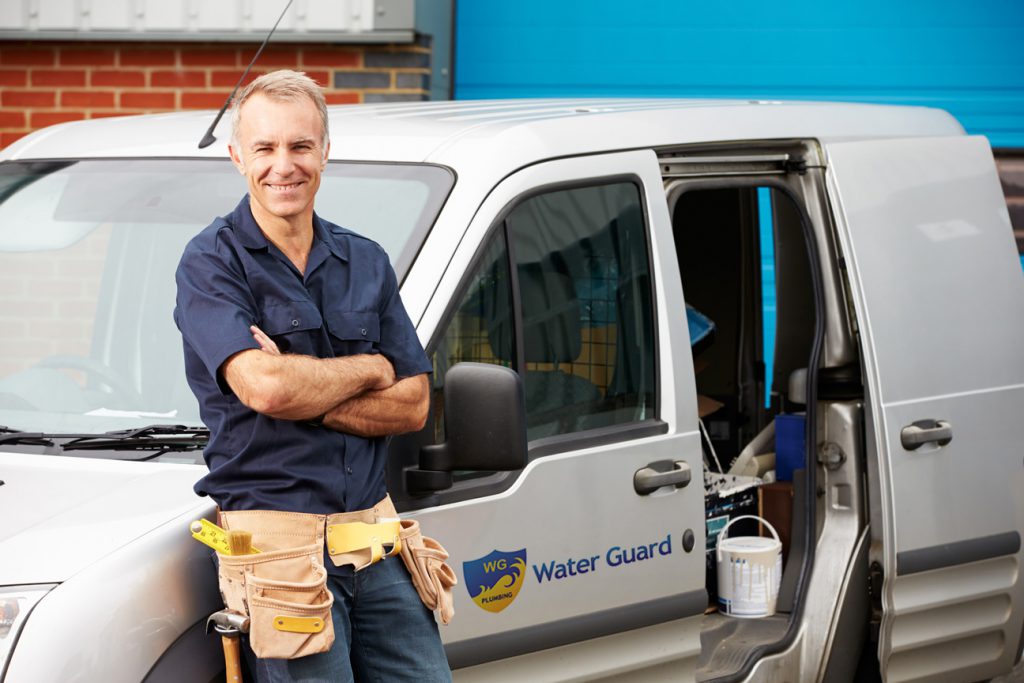
As many home insurers require a backwater valve connection, most municipalities have made it easy for homeowners to obtain one at an affordable rate. If your province or municipality does not offer a subsidy, consult with your plumbing expert or insurance broker on other retrofitting programs that can offset the cost of backwater valve installation.
Water Guard Plumbing can help you ensure your home is protected from the risks of sewage backup. Contact us today to learn more about our backwater valve services so you can enjoy peace of mind.
FAQs
No. Not all homes in Toronto have backflow preventer valves installed as only some municipalities legally require them. The size of your residence will help to determine whether or not a backflow preventer valve is mandated for your home. Check with your municipality and insurance company for the requirements for your residence.
With regular maintenance, backflow preventers can last 5-10 years. They should be inspected once a year or within 72 hours of any backflow preventer testing, repairs, cleanings, servicing, etc. Those inspections must be completed by a licensed professional and maintenance records kept with the valve.
In Toronto, being without a backflow preventer can be a building code violation and could result in significant fines. Without a backflow preventer installed, there is a risk of expensive repairs or water contamination that could affect health. Check with the professionals at Water Guard Plumbing to determine whether or not your home needs a backflow preventer.
A backflow preventer valve is located immediately after the water meter and by-pass piping. It is important that the valve be situated in that location as that would ensure that contaminated water would not flow back into the City’s water supply. It is also important that there not be any branches or connections between the meter and the backflow preventer.
To determine whether or not you have a backflow preventer already installed:
1) check where water enters your property
2) have a professional conduct a physical survey of your home (recommended)
or 3) check for a letter from the city asking you to complete a survey ensuring it is working properly.
Toronto Backflow Preventer Program
Owners of industrial, commercial, and institutional properties will most likely be aware of the mandatory Backflow Prevention Program in Toronto and the GTA. However, this also applies to residential properties that are more than three stories or are larger than 600 sq. metres. If one or both of those criteria apply to your home, it is mandatory that you follow the backflow preventer program in the Ontario Building Code.
The Backflow Preventer Program is an effort to protect and keep Toronto’s drinking water safe from contaminants. This is, though, not a DIY project. Part of the requirements of the program is that the devices must be installed by a plumber licensed with the City of Toronto. That plumber would be knowledgeable in the proper placement location of the backflow preventer to eliminate potential impurities flowing back into the City’s water supply.
These licensed plumbers will also be very familiar with the testing regulations for the new backflow preventers. The new valves will need to be tested by a licensed professional at the time of installation, within 72 hours of cleaning or repair, and at least once a year while maintaining a historical record of all test results.
While some property owners may get a request for an assessment survey regarding their efforts to comply with the program, everyone who is an affected property owner must comply to maintain the integrity of the drinking water of Toronto. Those who are surveyed will need to complete and submit a Backflow Prevention Survey Report to the City within 30 days or by whatever date specified. Further details can be found on the City of Toronto’s website.

